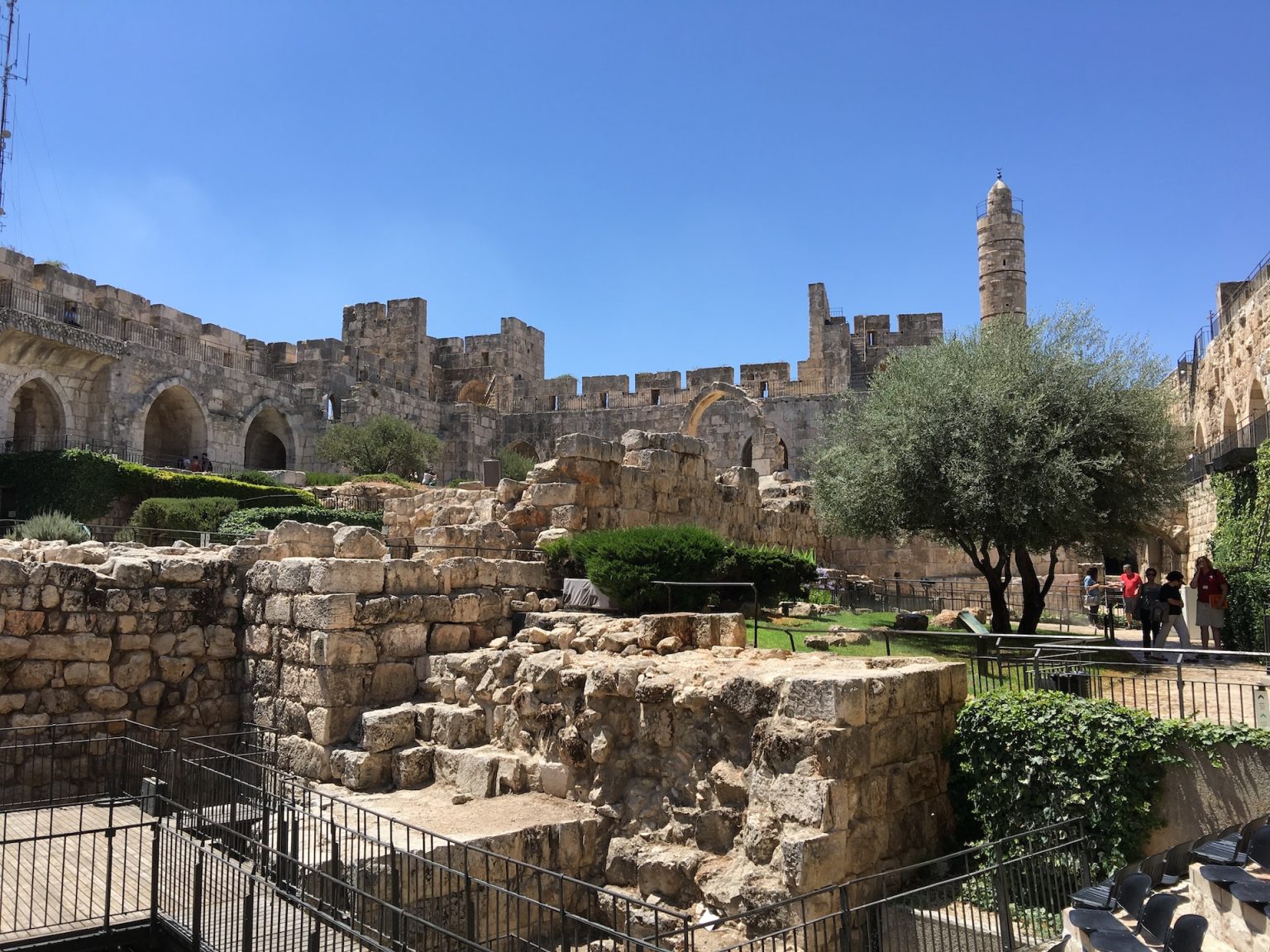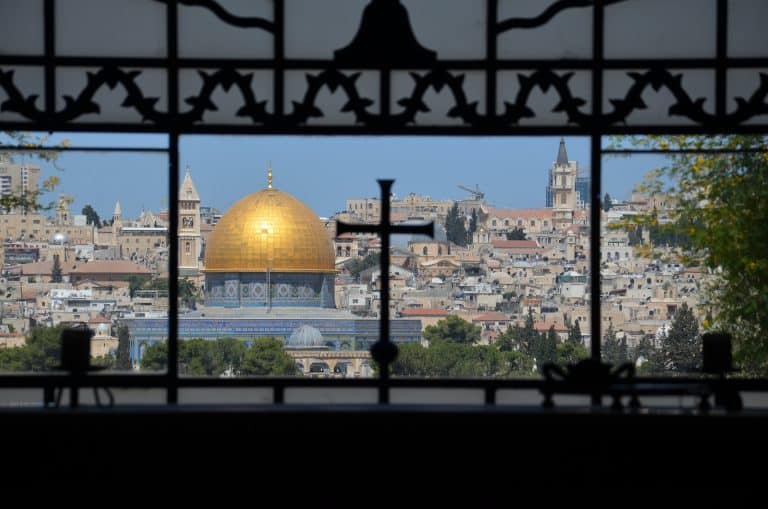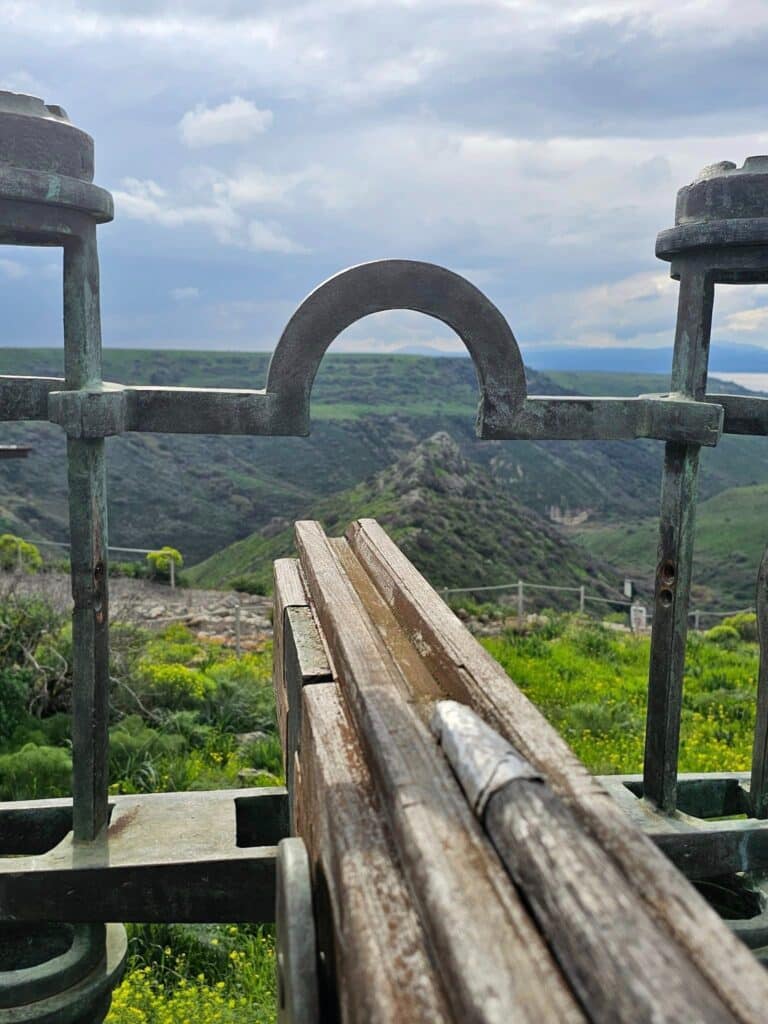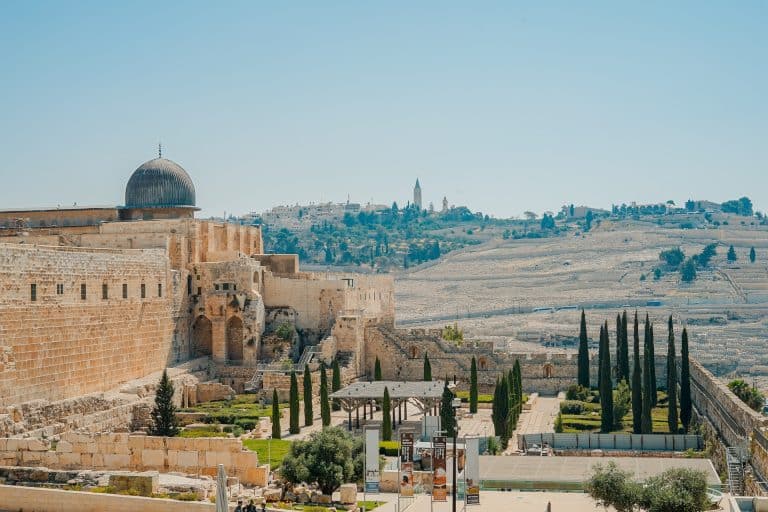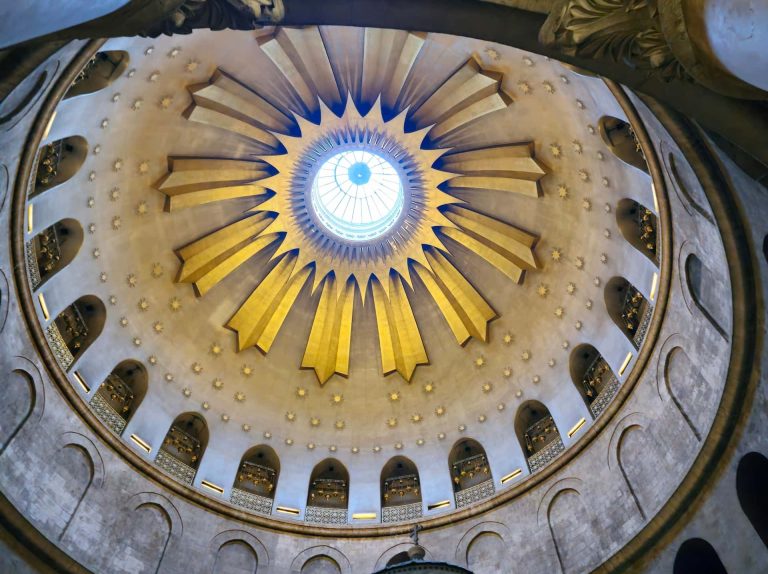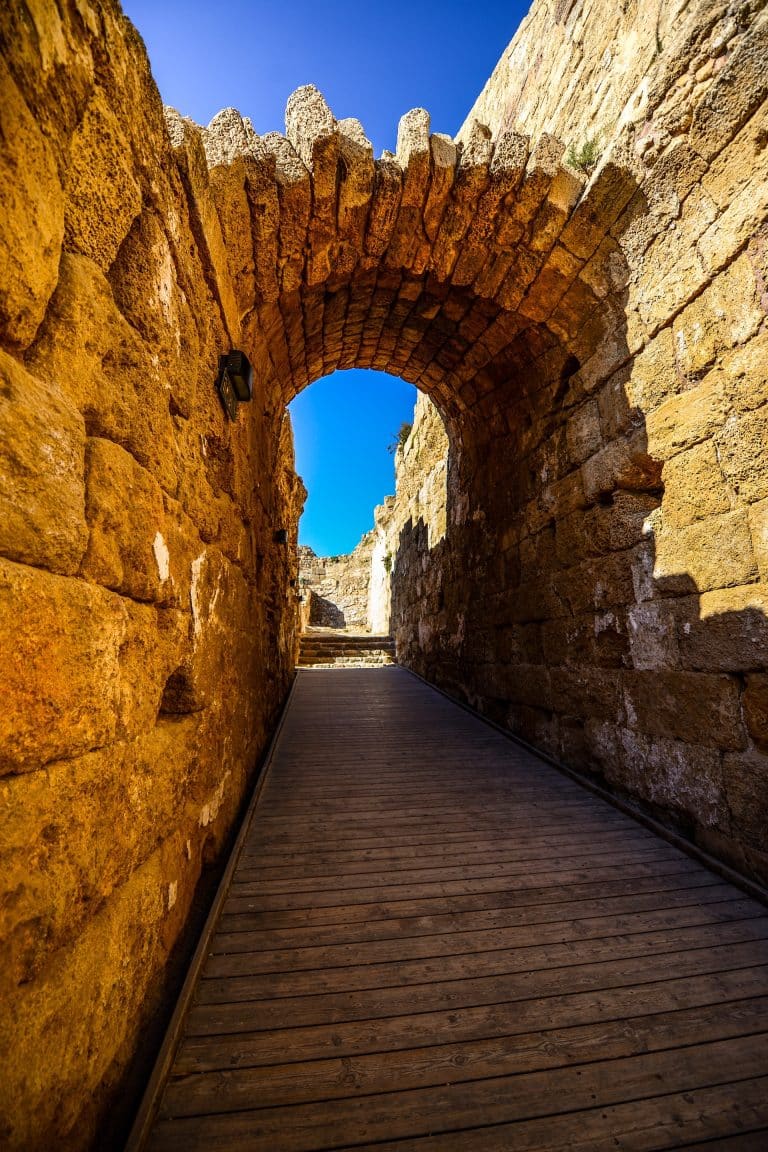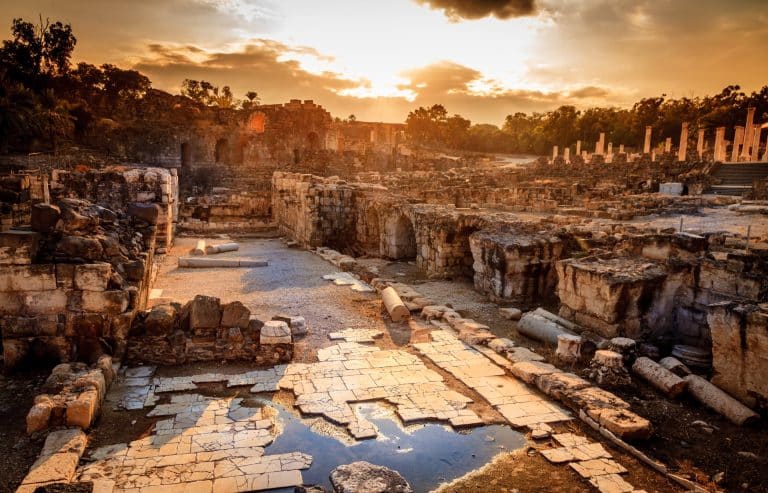As a land with a history that goes back to the very first days of humanity, the tiny land of Israel is as rich in history as any other piece of land in the world. Through the years, the land of Israel has switched hands dozens of times as it was ruled and settled by peoples from all around the world. Here, we will provide you with a brief summary of the most important periods in the history of the land of Israel, from the beginning of humanity until the establishment of the country of Israel in 1948.
A brief history of Israel BC
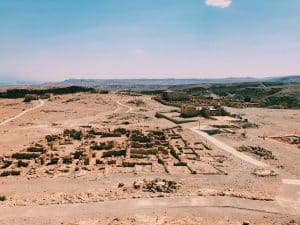
The prehistoric period
The first signs of human life in the land of Israel are from the stone age, and they were discovered in the depths of the Jordan River. The most ancient skeletons were found in the Carmel Caves, in Nahal Amud, and Mount Kdumim in the Galilee. When the human race began to raise animals and produce food (around 6000 BC), the first settlements were established around the Jordan River, Jezreel Valley, and Beit Shean. The remains of the most ancient city in the world were found in Jericho, just east of Jerusalem.
The Bronze Age
In the Bronze Age, which began around 4000 BC, great civilizations began to develop in Egypt and nearby Mesopotamia. In ancient Egyptian inscriptions from that time, Israel is mentioned as a transitional land between the two great powers. Two roads were paved in it from south to north: the Via Maris, which passed along the seashore, and the Way of the Patriarchs, which passed through the center of the country.
Most of the residents at this time engaged in agriculture, but a small part of them also engaged in trade and craft-making.
1,800-1.100 BC
In the 18th century BC, Semitic tribes arrived in the land of Israel, among them the ancestors of the Hebrew nation. In the 16th century BC, the land of Israel was reconquered by the Egyptians, which led the Hebrew tribes to immigrate south to Egypt.
At the end of the 13th century BC, the Hebrew tribes left Egypt and moved towards the Land of Israel, which they recaptured in a process that lasted for about 200 years.
The Kingdom of Israel and the First Temple
In the 11th century BC, the Philistines invaded the land of Israel. The threat of the Philistines united all the tribes of Israel around one leader, Saul, who was declared the first Israelite king.
After long years of fighting, King David, who reigned after Saul, managed to push the Philistines south to the small area between Jaffa and Gaza After the victory over the Philistines, David conquered the entire land of Israel and established his capital in Jerusalem.
The unification of Israel brought economic and cultural prosperity to the land of Israel. Solomon, the son of David, built the Temple in Jerusalem, also known as Solomon’s Temple, and the city became the religious center of the land.
The divide into 2 kingdoms and the destruction of the First Temple
After Solomon’s death, the kingdom was divided into two: the northern tribes and the tribes of Judah and Benjamin. In the north, the kingdom of Israel was established, whose capital was Samaria. In Judea, the House of David dynasty continued to rule, and the First Temple continued to serve as the religious center.
The split and the wars between the kingdoms weakened both of them considerably until in 721 BC Shalmmaneser, king of Assyria, conquered the northern kingdom of Israel, exiled its inhabitants, and brought in their place members of various nations from the Levant.
When the Assyrian Empire fell and the Babylonians took its place, it was easy for the Babylonian armies to reach the borders of Judah, so in 586 BC Jerusalem was conquered, the First Temple was destroyed, and its inhabitants were exiled to Babylon.
The Persian rule and the Second Temple
In 540 BC, the Persians conquered the Land of Israel from the hands of the Babylonians. A year later, King Cyrus allowed the Judean has allowed the Hebrew people to return to their land. Only some of the exiles took advantage of the right, and most of them concentrated around Jerusalem. The city was slowly restored and the Second Temple was built.
The Hellenistic rule
In 332 BC, Alexander the Great conquered Israel from the hands of the Persians. After his death, the Middle East was divided between two Greek royal houses. The house of Ptolemy (whose center was in Alexandria) ruled the land of Israel for more than 100 years. In the year 200 BC, Antiochus III of the House of Seleucus took control of the country.
During this time, the Jews enjoyed an autonomy, and the cities along the coast, in the valleys, and beyond The Jordan River developed and became trading cities, as their inhabitants embraced the Hellenistic culture.
The kings of the House of Seleucus discovered that the adoption of Greek culture by the inhabitants strengthened their rule, and therefore they tried to impose their religion on all the inhabitants while establishing a Greek city in Jerusalem and looting the Second Temple.
The Hasmonean rule
In 167 BC, a Jewish revolt broke out, led by the Hasmoneans, who managed to push the Hellenists away from the borders of the land and renewed the independent Jewish kingdom. The Hasmonean kings returned the capital to Jerusalem. Their kingdom spread mainly during the reign of King Alexander Yanai (103-76 BC) and reached as far as Mount Hermon in the north.
A brief history of Israel: from 63 BC on
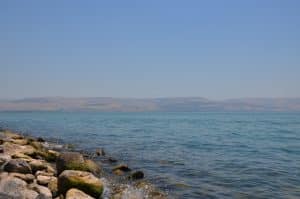
Roman-Byzantine rule
In 63 BC the Romans conquered the land of Israel. In place of the Hasmonean kings, Antipater the Idumaean reigned under the patronage of the Romans, and after him, his son Hordus ruled and founded the cities of Caesarea and Sebastia. His son Agrippa founded Tiberias. Under the patronage of the Romans, the country flourished economically, but its political and cultural independence was limited and diminished until in the 6th year AD the Romans declared the land of Israel a Roman province.
In 66 AD, a rebellion broke out in the Galilee against the Romans, which spread throughout the country and failed. The Romans laid a heavy siege on Jerusalem until the city fell and the Second Temple was destroyed in 70. The war against the Romans continued for several more years in the various regions of the country and ended in 73 with the fall of Masada.
The Arab rule
In the middle of the 7th century, an extreme change took place in the Middle East. In the Arabian Peninsula, Muhammad founded Islam, and it spread rapidly throughout the area, as Arab tribes went on a campaign of conquest. The land of Israel was occupied by the Arabs in the years 636-640. In the year 641, the rulers allowed the Jews, for the first time in about 500 years, to settle in Jerusalem. In the year 692, the caliph Abd al-Malik built the Dome of the Rock, and Jerusalem was declared a holy city for Muslims.
The Crusader rule
At the end of the 11th century, the international struggle between Christians and Muslims escalated considerably. The Christians in Spain began to expel the Muslims, and the Muslim Turks (the Seljuqs) conquered eastern Turkey, Syria, and the Land of Israel, harming the Christians who resided there and their holy places.
Those events influenced groups of knights and peasants to leave Europe for the land of Israel, in a quest of liberating the holy places.
In the First Crusade, in the year 1099, the holy places were taken by the Crusaders and the ‘Kingdom of Jerusalem’ was established. About 100 years later – in 1187 – the Muslim general Saladin returned most of the country’s regions, including Jerusalem, to the Muslims.
The Christians in Europe did not accept the victory of the Arabs, and additional Crusaders went to the land of Israel. The Christians managed to return and conquer only parts of Galilee and the coastal strip. The wars between the Crusaders and the Arabs lasted 100 years, until in 1291 the whole country was occupied by the Mamluks, who came from Egypt and ruled over Israel until 1517.
The Ottoman rule
The Turks conquered the land of Israel in 1517 and ruled it for 400 years (until 1917). In the first period of their reign, which lasted for about 100 years, security returned to the land of Israel: roads and bridges were repaired, the economy flourished, and the Turkish Sultan Suleiman rebuilt the walls of Jerusalem.
During this period, quite a few Jews began to arrive in the Land of Israel, mostly from Europe, and settle in Tzfat, Jerusalem, Hebron, and Tiberias. Then, towards the end of the 18th century, as the Zionist movement gained momentum, more and more Jews started immigrating to Israel and starting new towns and Kibbutzim here.
The British rule
In 1917, with the collapse of the Ottoman Empire, British armies had moved into the Land of Israel, and the land of Israel was given to the British as a mandate territory by the League of Nations.
In the 1920s, the number of Jewish residents increased threefold (from about 50,000 to 160,000). Parallel to the strengthening of the Jewish settlement, the Palestinians who lived in Israel also began to develop leadership and signs of a unique nationality and independent culture.
In 1947, after the events of the Holocaust and the struggles between the Jews and the Palestinians in Israel, the United Nations announced the Partition of the Land of Israel into two states: Jewish and Arab. However, the plan was rejected by the Palestinians, and the war between both sides started on the same day.
In may 14, 1948, on the day when the British left the land of Israel, the establishment of the country of Israel was announced by David Ben Gurion, the first prime minister of Israel. The announcement was made during the war, which only ended a few months later.

